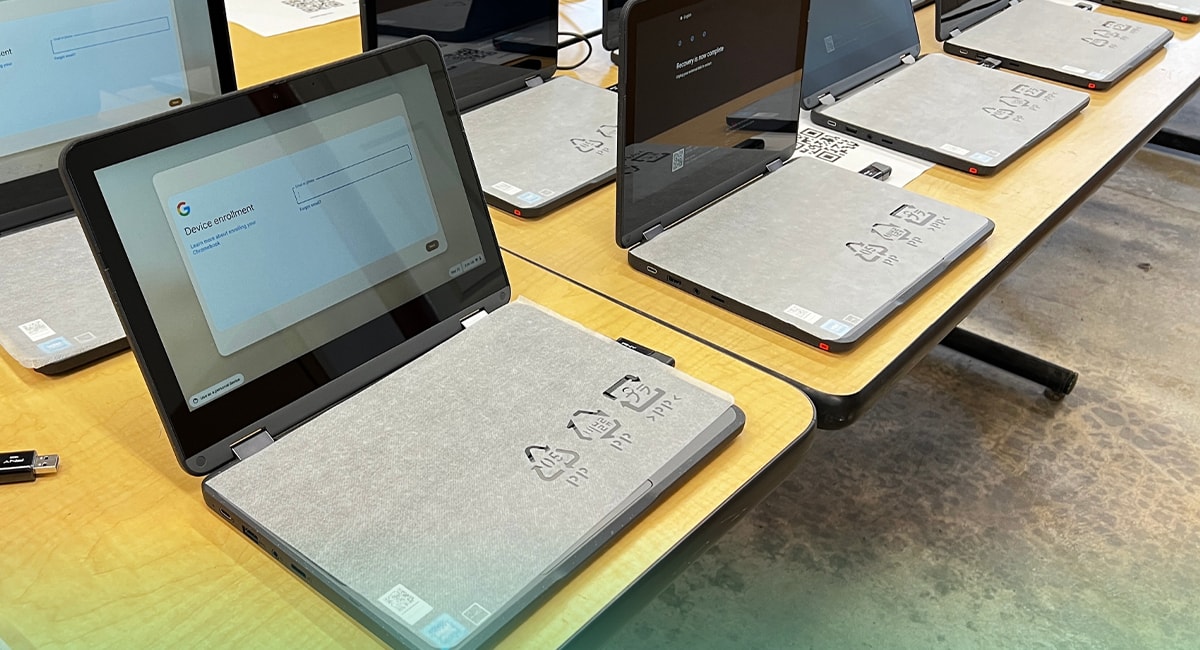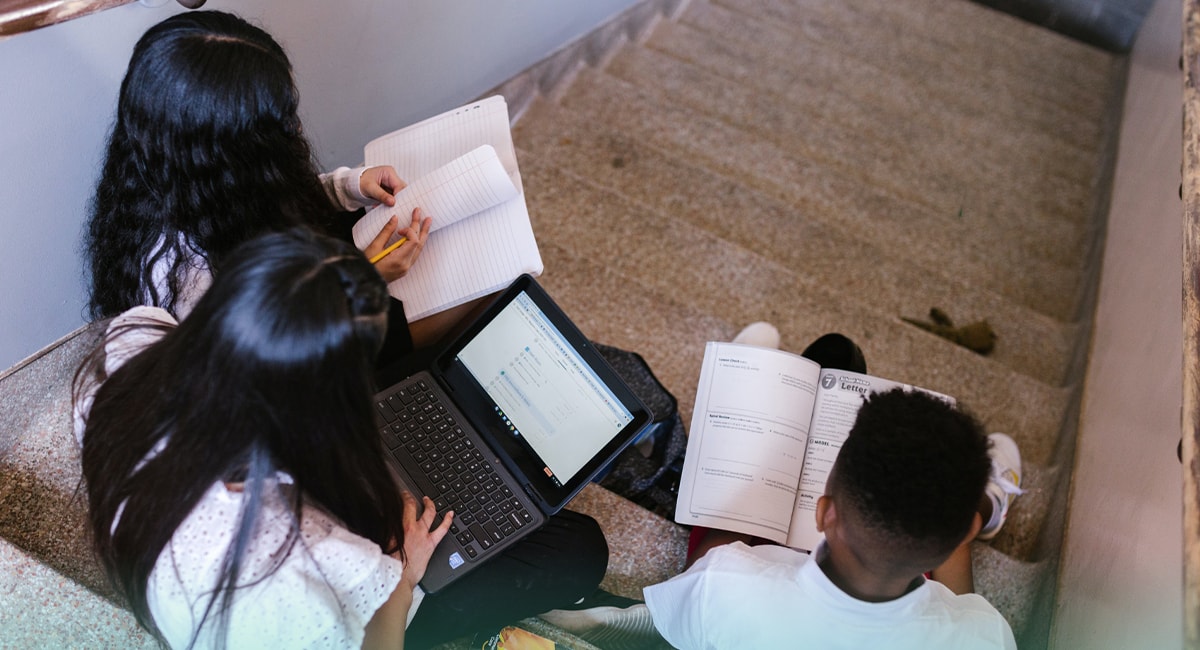Digital equity in K-12 school systems refers to all students in the public education system having equal access to technology and the internet. It is an important aspect of education in the twenty-first century, as more and more classrooms incorporate technology and rely on online resources.
However, not all students have equal access to technology and the internet at home, which can place those who do at a significant disadvantage. The “homework gap” occurs when students who do not have access to the internet at home struggle to complete assignments that require online research or submission.
Because low-income and rural communities are frequently underserved by internet service providers, the homework gap disproportionately affects them. Due to a lack of internet access at home, these students may have to rely on public Wi-Fi hotspots or internet cafes, which can be inconvenient, unreliable, and even dangerous.
Several solutions have been proposed to address the issue of digital equity in K-12 schools, including:
1. Giving students devices such as laptops or tablets to take home and use for homework.
2. Putting in place community internet access programs, such as installing Wi-Fi hotspots in public places or offering low-cost internet plans to low-income families.
3. Offering digital literacy training to students and their families to ensure that everyone has the skills and knowledge to make the most of the internet and technology.
4. Collaboration with internet service providers to increase coverage and access in underserved areas.
Digital equity in K-12 school systems is a critical issue being discussed amongst edtech leaders. To hear from the Director of Technology Sunshine Miller on this topic, click here.



